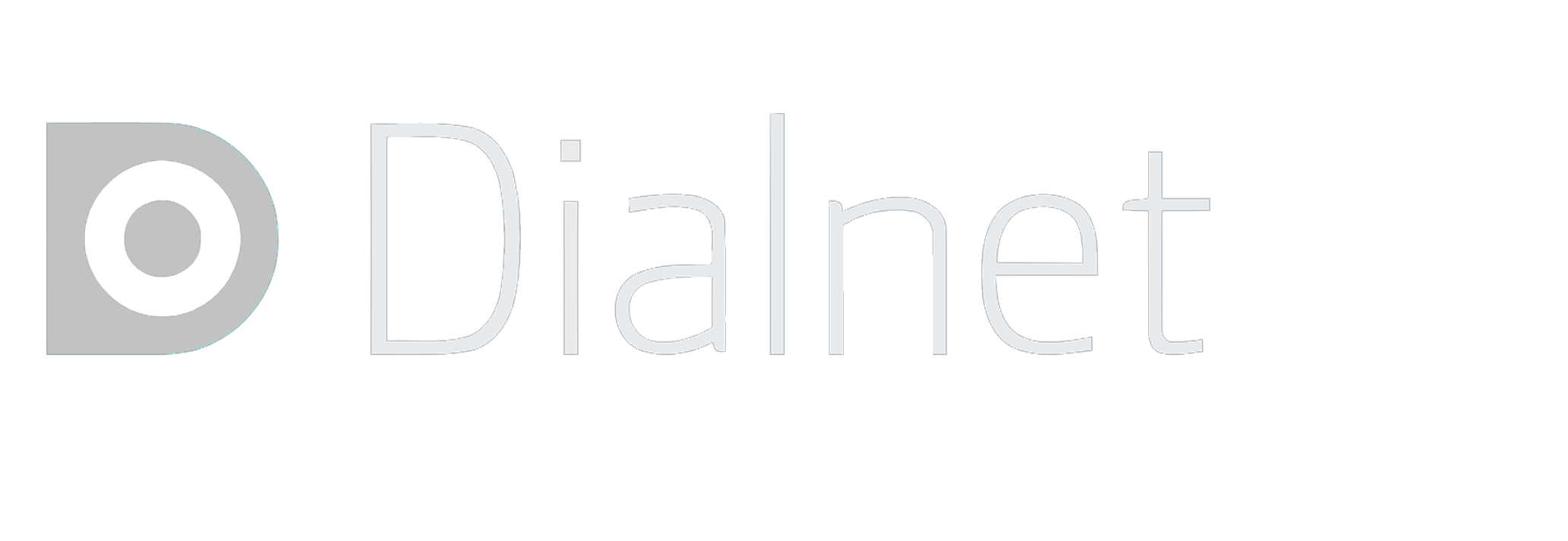Is investigating discipline-specific academic lecture introductions a goal worth pursuing?: A corpus-based study of the rhetorical structure of mathematics lecture introductions
Palabras clave:
academic lecture introductions, maths lecture introductions, rhetorical structure, moves, stepsResumen
Abstract : This study investigates the rhetorical move structure and linguistic signals of academic lecture introductions in the discipline of mathematics. The goal of the present study is twofold: 1) to determine the rhetorical model of lecture introductions in the field of mathematics so as to help non-native students of English to overcome difficulties in understanding lectures in this discipline, and 2) to find out whether our discipline-specific model differs or not from the general models determined in the literature. Applying a genre-based approach, we explore the largest corpus used in this type of research to date - a corpus of 100 maths lecture introductions delivered at the MIT University (the USA).The similarity between our and previous models exists in the presence of two obligatory moves setting up the lecture framework and putting the topic into context , which confirms the value of the previous research and suggests that discipline does not affect the rhetorical structure at the level of moves . However, another result referring to a more elaborate structure of the move putting topic in context in maths lecture introductions leads to a conclusion that discipline-specificity can play a role at the level of steps. The use of these obligatory moves allows students to create a general mental framework for the lecture, which should facilitate the comprehension of the lecture contents to be presented after the lecture introduction.
Descargas
Publicado
Cómo citar
Número
Sección
Licencia
Aquellos autores que tengan publicaciones con esta revista, aceptan los términos siguientes:
- Los autores conservarán sus derechos de autor y garantizarán a la revista el derecho de primera publicación de su obra por medio de este documento de cesión de derechos de autoría, el cuál estará simultáneamente sujeto a la licencia de reconocimiento de Creative Commons que permite a terceros compartir la obra siempre que se indique su autor y su primera publicación esta revista.
- Los autores podrán adoptar otros acuerdos de licencia no exclusiva de distribución de la versión de la obra publicada (p. ej.: depositarla en un repositorio institucional o publicarla en un volumen monográfico) siempre que se indique la publicación inicial en esta revista.
- Se permite y recomienda a los autores difundir su obra a través de Internet (p. ej.: en publicaciones institucionales o en su página web) antes y durante el proceso de envío, lo cual puede producir intercambios interesantes y aumentar las citas de la obra publicada. (Véase el efecto del acceso abierto).










